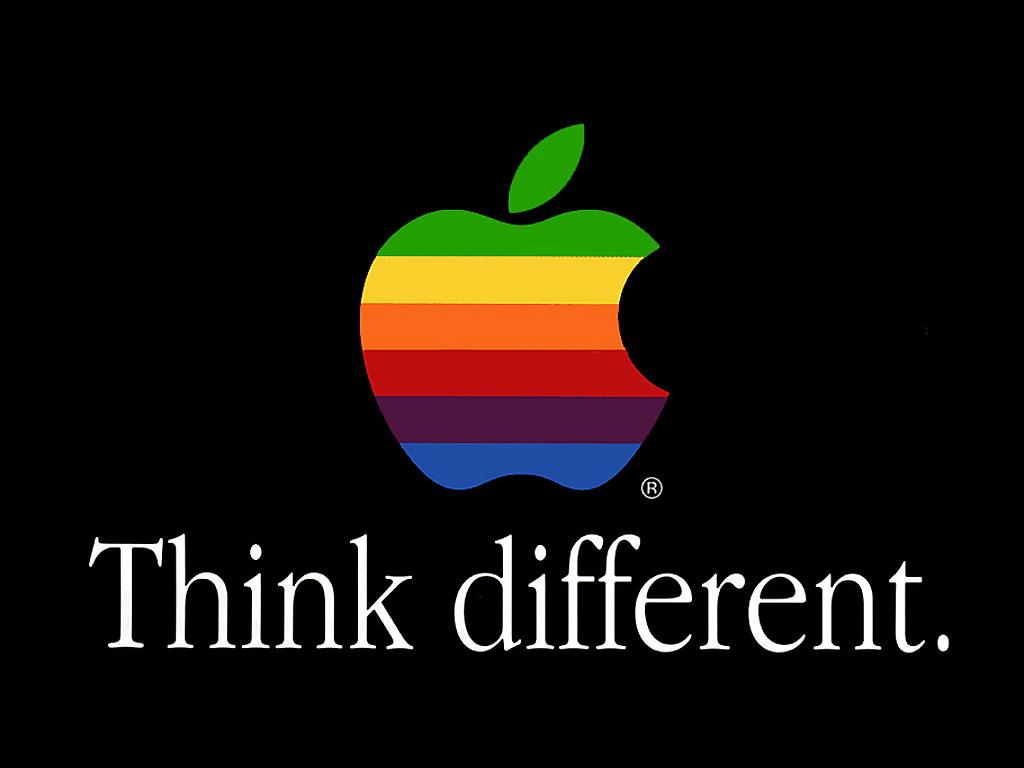☛ Indian Space Research Organization launches satellites, breaks record
Indian Space Research Organisation (ISRO) scripted history today by successfully launching a record 104 satellites, including India’s earth [sic] observation satellite, on a single rocket from the spaceport in Sriharikota. This is the highest number of satellites ever launched in a single mission.
The previous record was held by Russia, with 37 satellites launched at one go. The 104 satellites include 3 of India’s own and 101 of ISRO’s international customers, including 96 from USA. (The article states ISRO’s previous record as 23 satellites launched together in June 2015, but I can’t find a record for that. The closest I could find was this: 20 satellites launched in June 2016.)
As much as this is making news, and as much as ISRO should be proud, this should come as no surprise for space enthusiasts— ISRO has been quite a force in space technology, especially using its PSLV launch system, for quite some time now.
The four stage Polar Satellite Launch Vehicle (PSLV), used for this launch, was developed by ISRO in the 1990s to launch satellites into Sun-synchronous orbits for its own remote sensing satellites. (Other than ISRO, only Russia commercially launches satellites into Sun-synchronous orbits.) PSLV was also used by ISRO for Chandrayaan 1, its lunar probe, and Mangalyaan, its Mars orbiter, becoming only the fourth space agency to reach Mars orbit.
As an aside, the Sun-synchronous orbit is a very interesting concept: it is an orbit where the satellite passes over any given point on Earth’s surface at the same local solar time. This allows the satellite to be in constant sunlight as it passes over particular regions— which is great for imaging, remote sensing, spying and weather applications. The technicalities of such an orbit are very involved and very interesting: look up the Wikipedia page I’ve linked to above.
Fun fact: due to the mechanics of the orbit, a sun-synchronous orbit is stable without external thrust only on oblate spheroid planets. This means that such orbits work on Earth and will work on Mars, but on almost spherical planets such as Venus, it will require external thrust to maintain its orbit.
∞